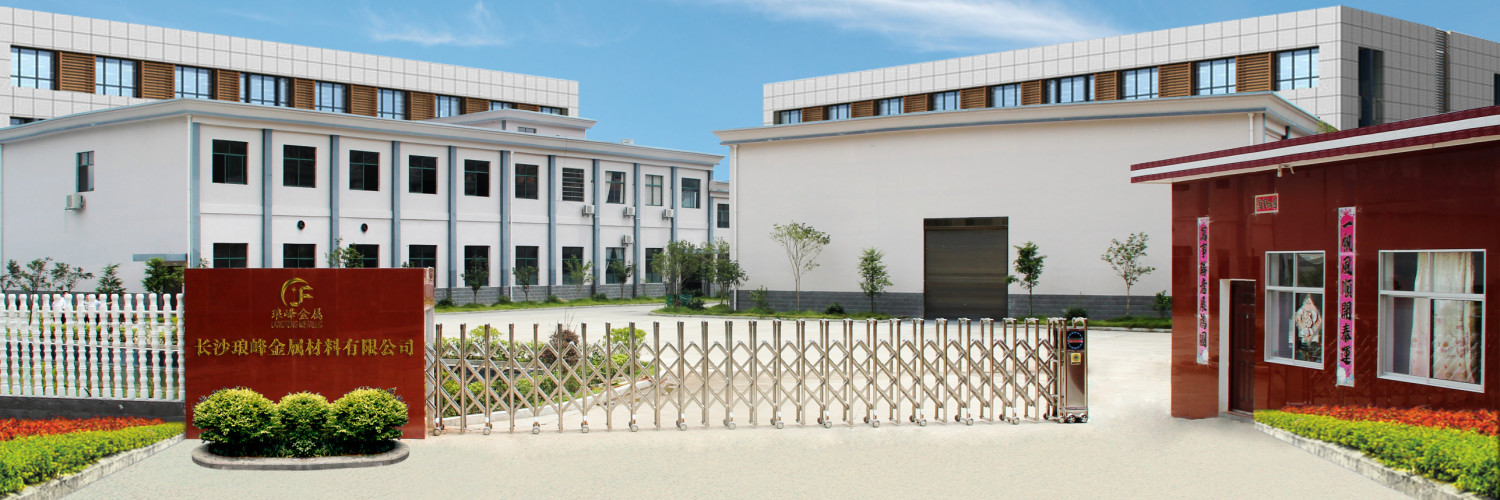The disadvantage of SiC ceramics is its low fracture toughness, that is, its high brittleness. For this reason, SiC ceramics-based multiphase ceramics such as fiber (or whisker) reinforcement, heterogeneous particle dispersion strengthening, and gradient functional materials have been used in recent years. In succession, the toughness and strength of the monomer material are improved.
Zirconium carbide (ZrC) ceramics are gray, face-centered cubic crystals with a density of 6.66 g/cm3, a melting point of 3530 OC, a coefficient of linear expansion of 6.74 x 10-6/K, a hardness of 28.7 GPa, and an oxidation temperature of 1100 OC-1400 OC, insoluble in hydrochloric acid but dissolved in nitric acid, was prepared by powder metallurgy.
Chromium carbide (Cr3C2) ceramics are orthorhombic and gray. Density is 6.68 g/cm3, melting point is 1895°C, linear expansion coefficient is 11.77×10-6 /K, hardness is 28.7GPa, volume conductivity is 7.5×10-7Ω•m, high temperature oxidation resistance is good, inert or Prepared in a reducing atmosphere.
Click below link ,you will find details of our powder workshop:
Need free sample, please contact us
Changsha Langfeng Metallic Material Co., Ltd.
24 hours on line We-Chat & WhatsApp:
Rachel Chau: +86-15084863965
Tel: +86-731-86880480
E-mail: sales@langfengmaterials.com


Be the first to comment on "ZrC VS SiC in Carbide ceramic matrix"